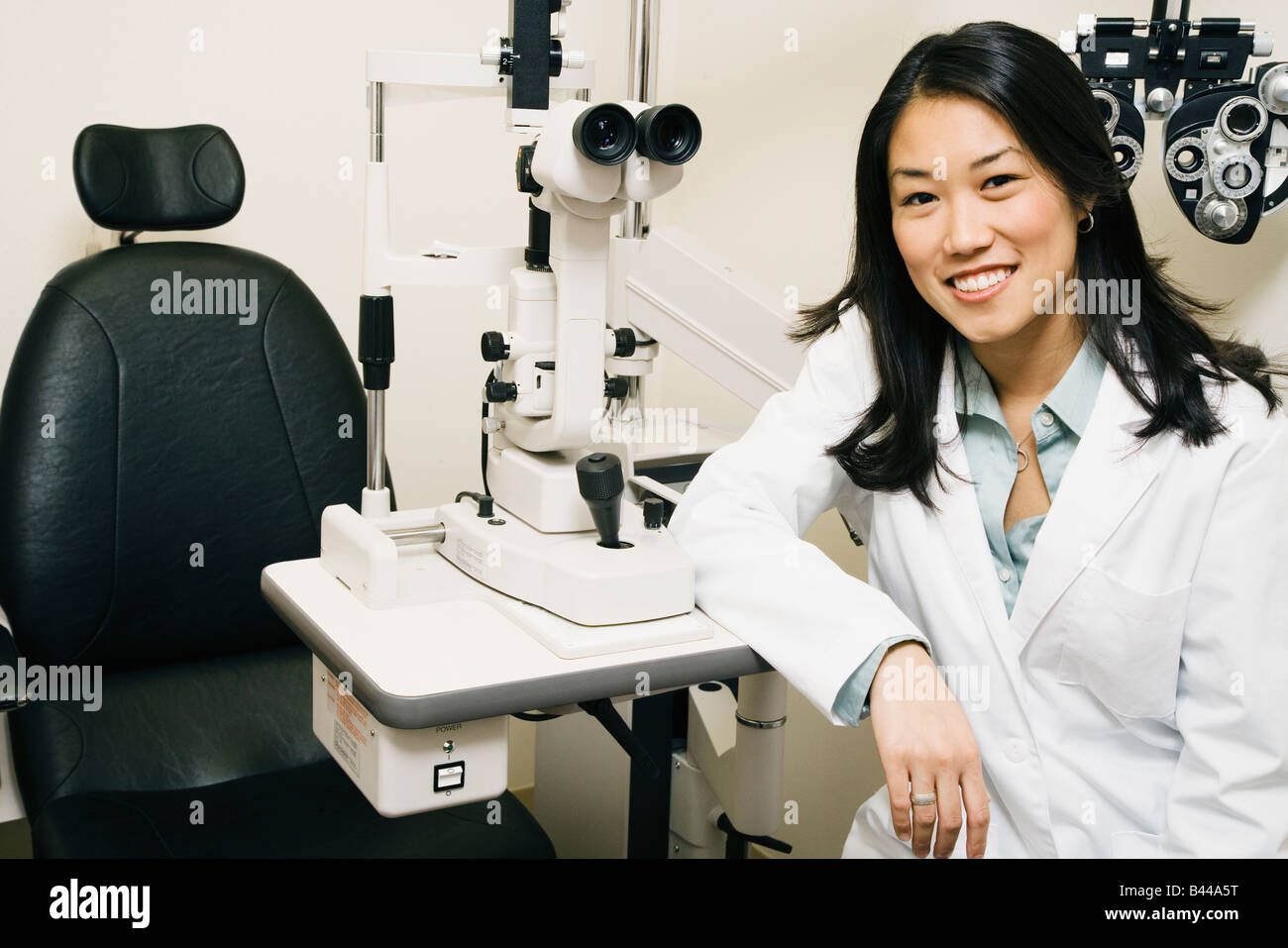Exploring the most up to date Technological Developments in Optometry and What They Mean for Eye Doctors
In the ever-evolving field of optometry, current technical improvements are improving how practitioners approach eye care. From the precision of Optical Comprehensibility Tomography to the nuanced insights supplied by AI-driven diagnostic devices, these technologies are setting brand-new criteria in client evaluation and treatment. Teleoptometry is poised to redefine ease of access, making certain that experience goes beyond geographical limitations. As these advancements permeate the method, optometrists are confronted with the challenge of welcoming these tools to enhance individual end results. Yet, the question remains: exactly how will these technical changes redefine the duties and obligations within the occupation?
Innovations in Diagnostic Equipment
Progressing the field of optometry, innovations in diagnostic tools have changed the way eye treatment professionals analyze and identify visual problems and eye problems. The previous decade has seen substantial technical innovations, enabling more exact and thorough evaluations. Optical Coherence Tomography (OCT), as an example, gives high-resolution cross-sectional pictures of the retina, permitting the very early discovery of conditions such as glaucoma and age-related macular deterioration. This non-invasive imaging strategy has actually come to be essential in contemporary optometric practice.
Another trick innovation is the intro of advanced corneal topography systems, which map the surface area curvature of the cornea with precision. These devices are especially beneficial for fitting call lenses and diagnosing corneal problems. Furthermore, digital retinal imaging has changed standard ophthalmoscopy, offering in-depth, breathtaking views of the retina that help with thorough visual assessments.
The growth of wavefront aberrometry has likewise been crucial, enabling the evaluation of refractive errors with unequaled accuracy (Optometrist Chino). This technology aids in personalizing corrective lenses and boosting medical end results for refractive surgical treatments. Jointly, these analysis innovations encourage eye doctors to provide exceptional individual treatment, ensuring early intervention and tailored treatment strategies, eventually improving aesthetic health and wellness outcomes
AI in Person Monitoring
Building on the structure of sophisticated analysis tools, the consolidation of man-made knowledge (AI) in client management stands for a transformative jump for optometry. AI systems are significantly utilized to enhance efficiency, accuracy, and customization in individual treatment.
Moreover, AI-driven platforms help with streamlined patient communications and administrative processes. Automated organizing, virtual consultations, and individualized follow-up plans not just enhance client contentment however additionally optimize time monitoring for experts. These systems can triage individuals based on the necessity of their conditions, guaranteeing that those in essential demand get prompt attention.
Additionally, AI enhances decision-making by providing eye doctors with evidence-based recommendations and therapy paths. By integrating information from digital health and wellness records, AI devices provide insights that notify medical choices, decreasing the risk of mistakes and improving client outcomes. As AI remains to evolve, its function in client monitoring will likely expand, reshaping the landscape of optometric care.
Breakthroughs in Retinal Imaging
In the world of optometry, retinal imaging has seen remarkable technological advancements that are boosting analysis abilities and client care. Developments such as Optical Comprehensibility Tomography (OCT) and fundus photography have actually transformed how eye doctors assess the retina and visualize.
Enhanced imaging modalities like OCT angiography are additional refining diagnostic accuracy. Eye Doctor. Such developments help with the recognition of min retinal adjustments that could represent illness development.
Furthermore, improvements in artificial knowledge are boosting retinal imaging by allowing automated evaluation of big datasets. These systems aid eye doctors in determining patterns a measure of pathology, thus boosting analysis accuracy and efficiency. Collectively, these innovations are changing retinal imaging into a foundation of modern eye care, improving outcomes and expanding restorative opportunities.
Teleoptometry's Expanding Function
Teleoptometry is progressively ending up being a vital element of eye care, driven by improvements in digital communication and analysis devices. This is specifically useful in country and underserved areas where access to specialized eye care is often limited.
The assimilation of expert system (AI) additional boosts teleoptometry, enabling the analysis of visual information and assisting in the discovery of ocular problems such as glaucoma and diabetic person retinopathy. AI-powered algorithms can swiftly interpret intricate imaging information, offering optometrists with useful insights that reinforce scientific decision-making.
Additionally, teleoptometry sustains continuity of treatment with seamless assimilation with digital wellness records (EHRs), enabling optometrists to preserve detailed individual backgrounds. This makes certain that people get constant and individualized treatment even when seeking advice from with various experts.
Despite these benefits, obstacles stay, including guaranteeing information safety and handling client expectations. Teleoptometry stands for a substantial stride towards more available, efficient, and patient-centered eye care. As innovation progresses, its role is poised to expand even more.

Future Fads in Eye Care
A myriad of cutting-edge trends is readied to improve the future of eye treatment, driven by technical advancements and the evolving needs of clients. One significant pattern is the assimilation of expert system (AI) in diagnostics, which promises to enhance the precision and efficiency of eye examinations. AI algorithms can assess huge quantities of data from retinal photos, potentially identifying conditions like diabetic person retinopathy and glaucoma earlier than conventional methods.
In addition, individualized medicine is gaining traction in optometry, with hereditary testing notifying personalized treatment strategies. This method intends to maximize find out this here client end results by tailoring interventions to individual genetic accounts. Wearable technology, such as wise contact lenses, is additionally coming up, offering real-time surveillance of intraocular stress or glucose levels, therefore providing constant insights right into official website systemic and eye health and wellness.
The fostering of enhanced truth (AR) and virtual fact (VR) in training and client education and learning is one more arising trend. These innovations use immersive experiences that can enhance understanding and skills both for people and optometrists. As these patterns develop, optometrists need to stay abreast of technological improvements to offer innovative care, ensuring better individual end results and complete satisfaction in the vibrant landscape of eye care.
Verdict

Collectively, these diagnostic advancements empower eye doctors to provide remarkable patient treatment, ensuring very early intervention and customized treatment methods, inevitably boosting visual health and wellness end results.

As these modern technologies continue to evolve, eye doctors need to adjust and integrate our website them into technique, eventually maximizing operations effectiveness and raising the criterion of eye care delivered to individuals.